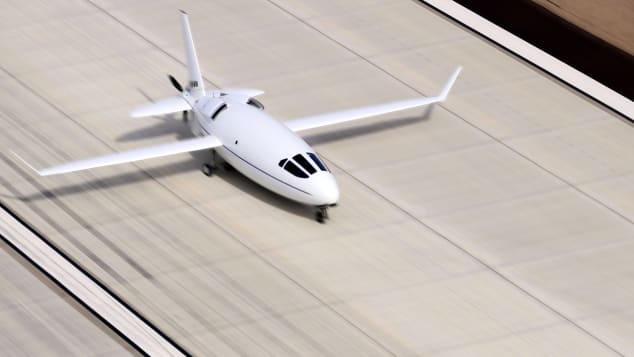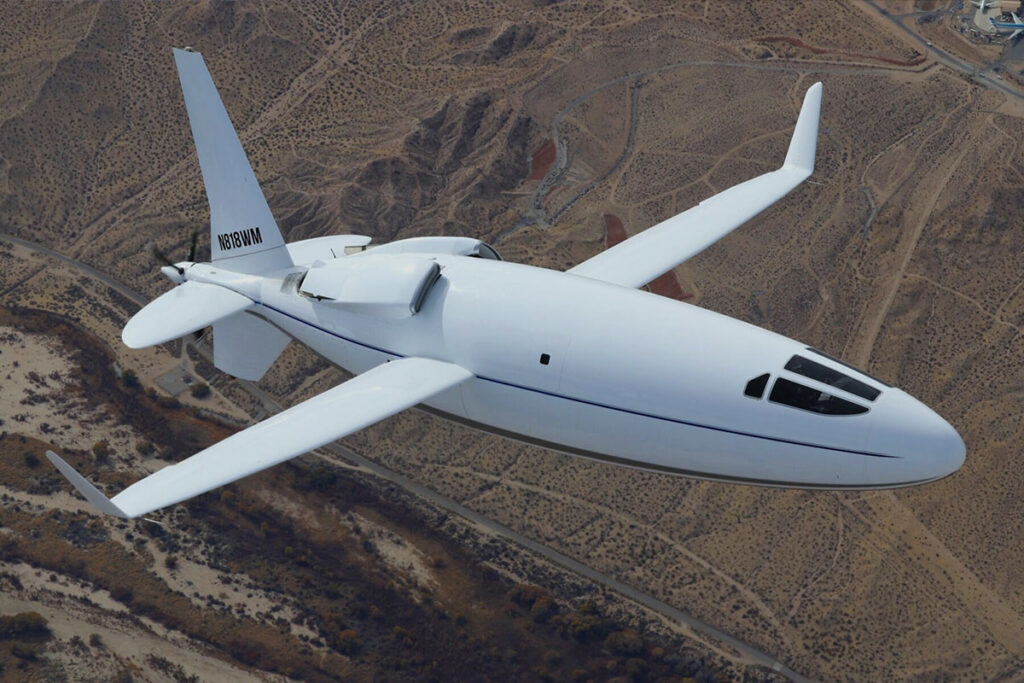Aviation is on the cusp of several big breakthroughs — namely, low-emissions aircraft. Already there are several low-emission prototypes in the works, including the much-anticipated Celera 500L from Otto Aviation. Now, in a revelation on the International Civil Aviation Organization’s Green Innovations webcast, it appears there’s even more to look forward to from the Celera 500L. Otto Aviation has announced its intention to produce a zero-emission version of this aircraft to enter service in 2027. It could very well be the world’s first zero-emissions craft, and it comes at an important time.
Responsible travel
The looming threat of climate change demands immediate action. As organizations and individuals around the world push for regulation, aviation companies are preparing for paradigm shifts that force greener, more sustainable practices in everything from airframe manufacturing to biofuel developments. The goal of these new endeavors is simple: to maintain current levels of comfort and capability, without putting further strain on the environment.
One of the most sought achievements of this new age of production is net-zero carbon emissions. In particular, aircraft manufacturers face increased scrutiny from passengers and regulatory bodies alike, to find ways to decrease their carbon footprint. Now, Otto Aviation may have the answer.

Almost-but-not-quite possible
The team behind Otto Aviation has already reveled in the spotlight. Their Celera 500L stands as one of the most exciting pending projects in aviation. In December, the company upped the ante when they announced a version of the Celera 500L that could produce zero emissions. Unfortunately, there’s a catch.
The battery required to power the net-zero Celera 500L doesn’t exist … yet. During the announcement, Otto Aviation’s Chief Technology Officer David Bogue explained, “We’re optimistic that improvements to specific energy, cycles, and charge rates would enable battery power on future aircraft, especially in the long term.”
At present, Otto Aviation believes a zero-emission Celera 500L could hit the market by 2027. And there’s encouraging reason to think they’re right. Battery technology is growing at an exponential rate thanks to the likes of eVTOL ventures and even automotive manufacturers like Tesla.

A step toward sustainable flight
The battery technology for a zero-emission Celera might remain in development, but that doesn’t mean the Celera 500L isn’t beautiful to behold. There’s a good reason Otto Aviation earned a spot among the aviation industry’s darlings.
The Celera 500L went back to the drawing board on aircraft design. Ultimately, they turned out a craft that looks like a cross between a private plane and an old-fashioned zeppelin. Besides increasing the interior space of an average private jet, the design of the Celera 500L allows it to achieve extraordinary feats of distance and efficiency.
In fact, Otto Aviation says the Celera 500L is roughly nine times more fuel-efficient than the average private jet. Not only does this reduce the plane’s environmental stress, but it also makes for incredible cruising distances.
In a world increasingly anxious about climate change, the Celera 500L is a significant step forward. Should it achieve a carbon-neutral output, it would definitely fall into the realm of “industry-defining aircraft.”
